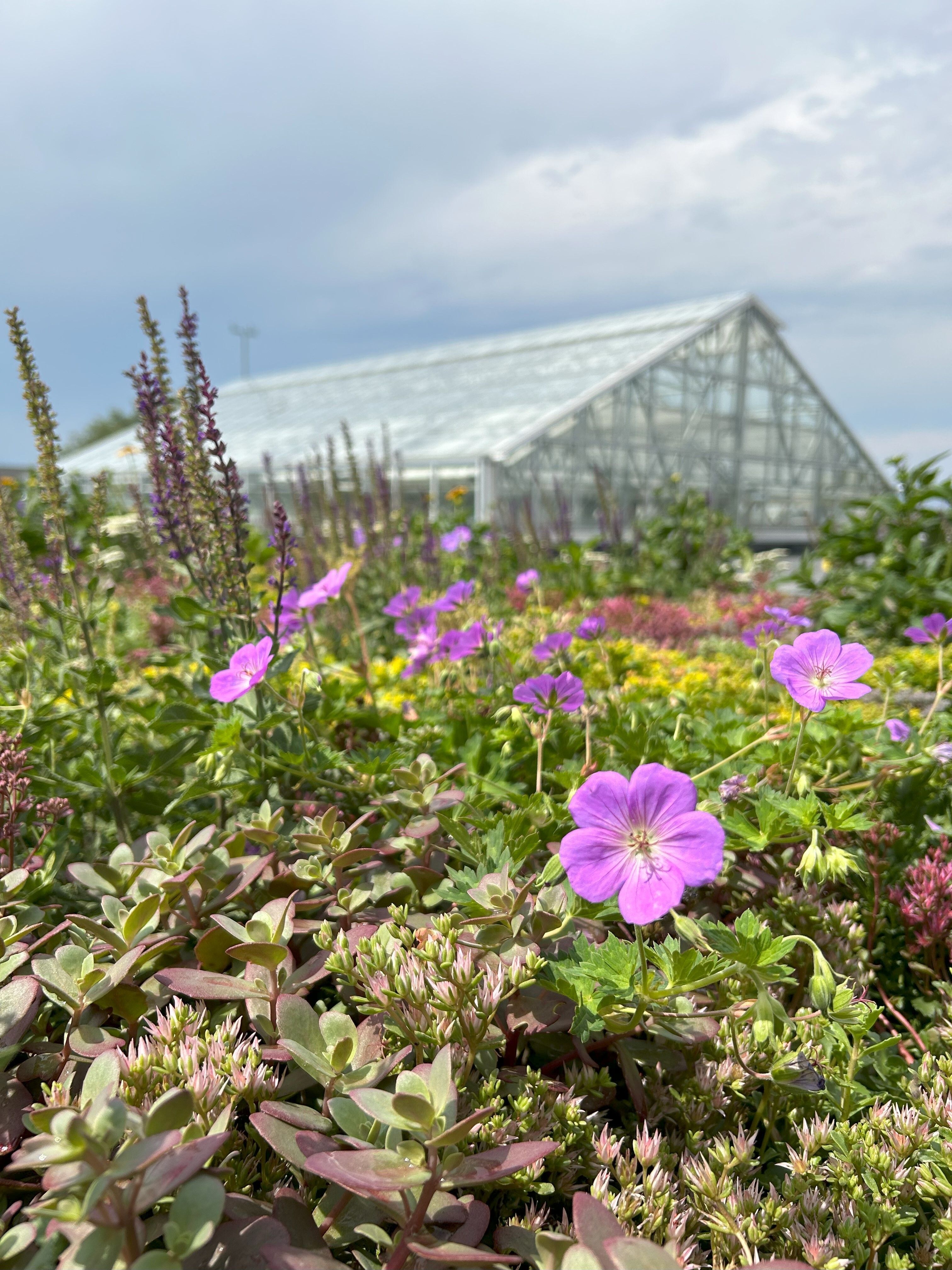Stay Connected
Sign up for our newsletter and be the first to know what's new in our department.
Newsletters include announcements for classes and events, and behind the scenes looks into the work we do within the community.
Join us for "A Taste of Missoula's Finest", fundraiser, Thursday, September 25. Purchase Tickets.

Get Involved
Sign up for our newsletter and be the first to know what's new in our department.
Newsletters include announcements for classes and events, and behind the scenes looks into the work we do within the community.